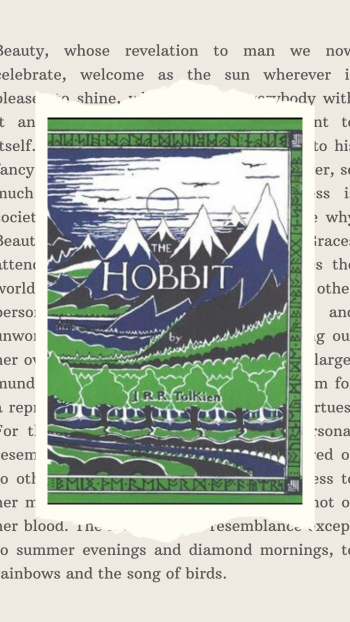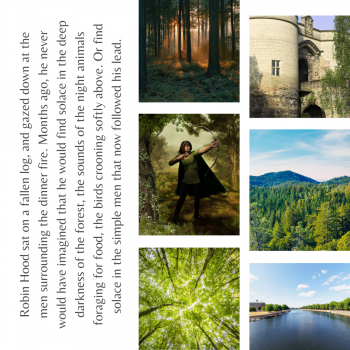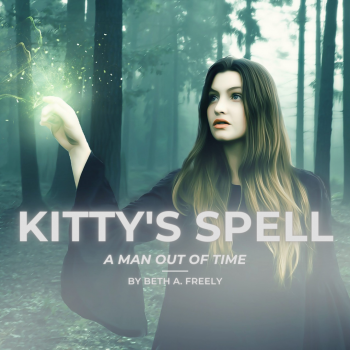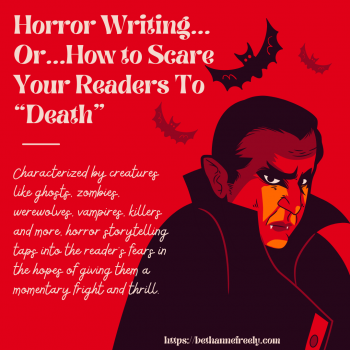Users Who Spiked
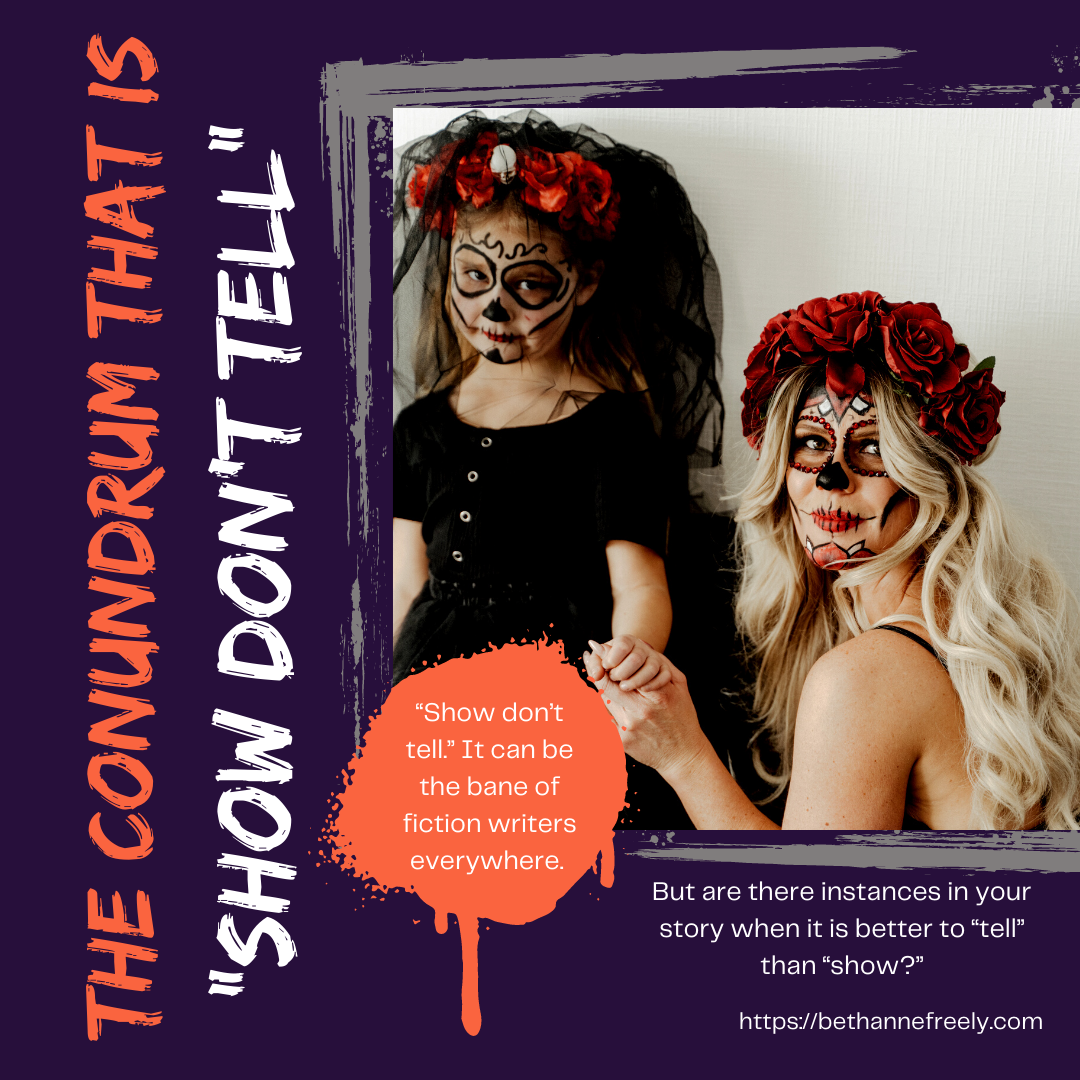
THE CONUNDRUM THAT IS “SHOW DON’T TELL”
Private Notes
Private Notes
Notes
"Show don't tell." It can be the bane of fiction writers everywhere. It doesn't matter if you are new to writing fiction or a seasoned veteran, it is one of those writing rules we all try to follow without compromising our creativity and writing style. But are there instances in your story when it is better to "tell" than "show?" The answer is yes, however, it's not that cut and dry.
What exactly is the difference between showing and telling?
Every writer uses showing and telling in their stories. The difference is how they set up the sentence and the scene. "Showing" illustrates while "telling" simply states.
If you are "telling," then you are telling the reader that your character did something. An example of telling is "Sebastian is riding the bus." You just told the reader that Sebastian is taking a bus someplace. The reader doesn't know why he's taking the bus or where he's taking the bus to. They are a bystander watching the bus pull away with Sebastian.
Showing your reader that Sebastian is riding the bus puts them in the seat next to Sebastian. The reader becomes involved in the story, allowing them to observe Sebastian and gain insight into where Sebastian is going, why he decided on this form of transportation. So instead of just saying "Sebastian is riding the bus," you could "show" him riding the bus like this:
"Sebastian settled into the bus seat just as it pulled from the curb. He stared out the window, his mind racing. Will the gallery like his art? Will they offer him a spot in the show? He watched the building of Florence go past him as he tried to calm his nerves as the bus slowed to pick up more passengers." Showing draws the reader into the world you've created and helps them become invested in your story on a more personal level.
"Show don't tell" has to do with balance.
Contrary to popular belief, there is a place in your fiction writing to show and tell. Have you ever read the novel Hawaii by James Michener? This 937-page novel, which is a fantastic story covering the island state's history from its formation to the present day, is chock full of description and detail. In fact, the entire first chapter is solely about how the islands were formed. This is a notable example of "showing" as compared to "telling."
Unfortunately, it is also a fitting example of how "showing" can be boring and hard to get through. There is so much description that it takes patience and perseverance to get through the chapter and into the meat of the story that truly starts at Chapter 2.
Too much "telling" can have the same effect. When you are "telling," you are leaving out the details that draw your reader in. You can lose the setting and potentially bore your reader. Every reader likes to use their imagination when it comes to what they are reading so some detail goes a long way. You want to keep your reader engaged without overdoing it.
When it comes to "showing" versus "telling," you must find the right balance. Some things simply are better off without a paragraph of description. You don't need to let your reader know how your character feels every moment of the novel. You don't need to tell them that "Sebastian's finger was throbbing like he had just shoved it into a fire" when "Sebastian sliced his finger causing it to hurt" will suffice. Do you want to still want to "show" more than "tell?" Yes, but find that happy point where you still throw some "telling" into the narrative.
Four places "showing" is better than "telling"
To give you a head start on mastering show don't tell, here are four areas of your novel where "showing" works better than "telling."
When you are creating your setting.
By adding sensory details to your description of the setting your novel takes place in, or the area your main character is interacting with, you give the reader the ability to imagine themselves there. It gives your story a sense of immediacy, as well as excitement if you add action into the scene you are creating.
When you are using dialogue
A great place for "showing" is when you use dialogue to help set up your character. How they talk tells your reader where they are from, if they are a formal speaker or use slang all the time, and helps set up elements of your story that goes beyond the surface of the conversation.
When you are describing action
While you don't want to go into a deep description for every new place your characters enter, you do want to take the time to show the action taking place in the new scene. For example, "Sebastian hurried into The Uffizi just as the rain began to pelt the walkway of the Piazza della Signoria. People hurried past him trying to get out of the cold, driving rain." By "showing" your reader what is happening, you put them in the middle of Florence, Italy without losing the momentum of your story.
When you need vivid details without overdoing it
Finally, when you need vivid details in your scene, "showing" is the route to go. But be careful not to overdo it. Prose that dense or too descriptive is just as bad as prose that is lacking in detail. To strike the right balance mentioned earlier, switch it up with alternating complex and simple sentences as well as different types of sensory detail. We have five senses. Use them all in your novel.
Three times "Show don't tell" is misinterpreted
Because every writer is different, it is easy to misinterpret the meaning of "Show don't tell." Here are three things to watch out for when you are writing your novel.
- Don't hide the motivations of your characters because you're afraid of "telling" things to your readers. Understanding what motivates your characters is an important aspect of any work of fiction. Let your readers know what is at stake, what your character's hopes and dreams are, and what keeps them going.
- Don't eliminate exposition entirely from your novel. Clear exposition is a form of storytelling that is quickly being lost because of "show don't tell." Use it with moderation and avoid info-dumps. Contextualize what is happening in the story so your reader understands. Weave it into your story naturally and don't be afraid to "tell" your reader what they need to know when it makes sense.
- Let your story unfold naturally without being vague or convoluted with your details. Your reader can keep up when you let the story unfold. You don't need to lead them on a quest for information that's hidden in your prose. Be straightforward and stop worrying about if you're "telling" too much. Chances are you're not.
It takes practice.
"Showing" versus "telling" takes practice. It is something we all learn to balance when writing our novels. With perseverance, you'll get a hang of it and your readers will love your stories. Good luck and happy writing!



















